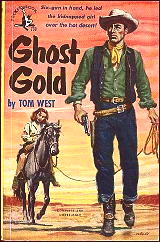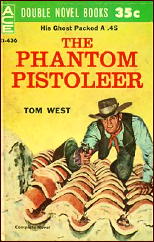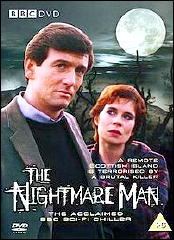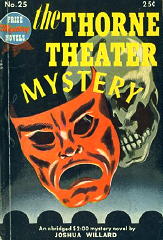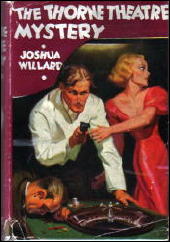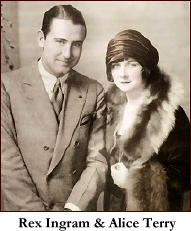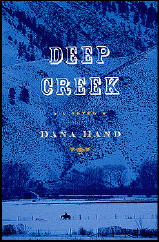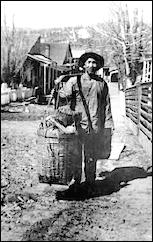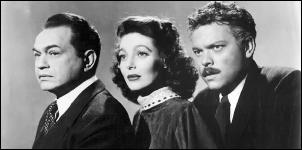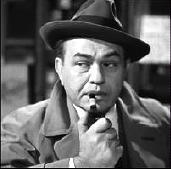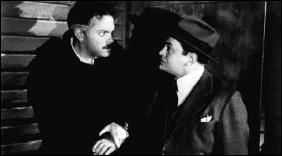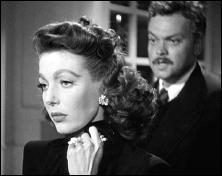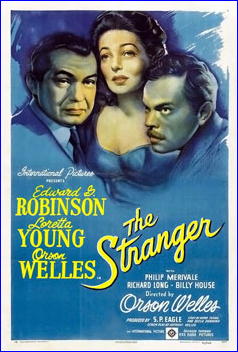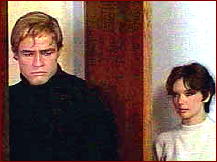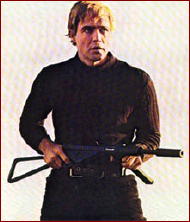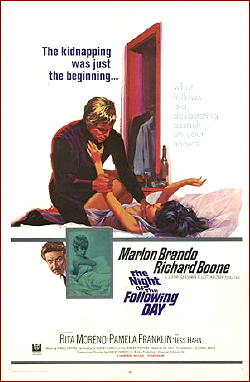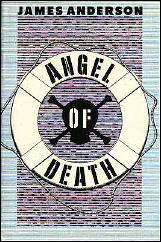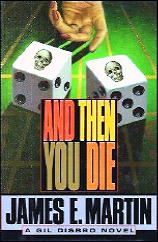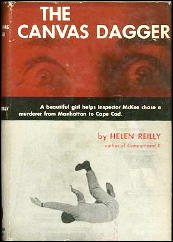Wed 21 Apr 2010
FORBIDDEN. British Lion Film Corp, UK, 1948. Douglass Montgomery, Hazel Court, Patricia Burke, Garry Marsh, Ronald Shiner, Kenneth Griffith. Director: George King.
By sheerest of chances, one imagines, I’ve come across both an episode of a TV show (Adam Adamant Lives) and a movie (Forbidden) which takes place along the “Golden Mile,” a stretch of Promenade between the North and South piers in Blackpool, England, filled (in its heyday) with carnival booths and amusement arcades, slot machines and various other means of taking money from the pockets of passers-by.
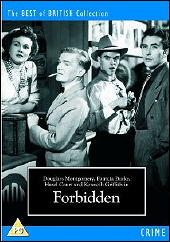
The episode (Adam Adamant Lives) was the second of the series, “Death Has a Thousand Faces” (30 June 1966), in which Adamant (Gerald Harper) and Georgina Jones, his female assistant (Juliet Harmer) meet and recruit the third member of the program’s recurring cast, a barker by the name of William Simms (Jack May). Unaccountably, Simms does not appear in the third episode, reflecting some of the production problems the TV crew were having at the time.
But this is not a review of Adam Adamant, nor of the Golden Mile, but of Forbidden, in which one actor on the way down, Douglass Montgomery – this was his last movie before heading over to solely a television career – meets one on the way up, Hazel Court, red-headed beauty of many a later Hammer horror film, several years in her future yet.
She’s the girl behind a candy counter along the Golden Mile, and across the way is Montgomery’s booth, in which he sells tonics of all sorts for all kinds of maladies – a sort of stationary medicine wagon. Baldness, sore feet, upset stomach? Stop in, please.
But it must pay well. Jim Harding (that’s his name) could be a research chemist instead, and for real, but his wife, determined to become an actress, has a standard of living that demands he say no to mere (and low-paying) academic pursuits.
The girl’s name is Jane Thompson (played by Hazel Court) and she’s not his wife, but she’d like to be. But don’t get the wrong impression here. She’s an innocent and doesn’t know that he’s even married. But he does — boy does he ever — and here is where the noir aspect of this relatively mild British thriller kicks in.
Harding is a weakling, though, though not strictly in a physical sense. Maybe mild-mannered is a sufficient description — not a forceful fellow at all. Things do take their course, however, and after his wife’s death and a suspenseful chase scene taking place in the tower high above the promenade, there is a happy ending – or at least an ending that’s as happy as it could be, given the circumstances.
I’ve used the word “mild” a couple of times. As thrillers go, that just about sums this movie up in one word: mild. The presence of Hazel Court in this movie was enough to keep me watching it, even in black and white. She may, or may not, be reason enough for you.
[UPDATE.] 04-22-10. While the DVD cover shown is that of the UK edition, I thought I should let you know that Forbidden has been commercially released in the US also, and that’s the copy I have.
